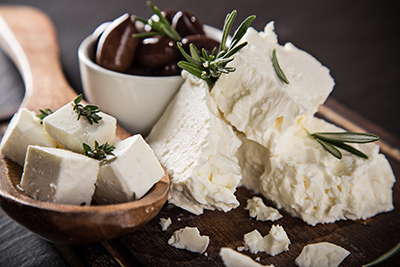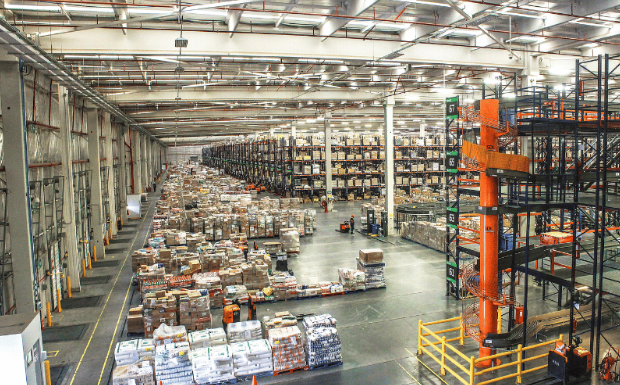By using our website, you agree to the use of cookies as described in our Cookie Policy
The Guy Behind the Guy When it Comes to Cheese

Ever wondered where cheese came from? (yes, it’s milk) But milk didn’t become brie spontaneously. The roots of cheese actually trace their beginnings to prehistoric migrants.
Before a long journey, our ancestors would place milk in sacks. And on those searing, hot, prehistoric days 4,000 years ago, milk pressed against the surface of the sack, which was made of the intestinal lining of a cow. The milk, in turn, would eventually form into little cheese balls. (which our ancestors naturally ate)
Why did it happen? A small enzyme in the in the animal’s lining called rennet.
Rennet is the underrated hero of the cheese-making process. Under high temperatures it causes the main protein of milk––casein––to coagulate.
Much like cheese itself, rennet has evolved. In fact, a great deal of cheeses are no longer made with animal rennet. (Yes, even that uber fancy cheese is made with the pioneering innovation of microbial rennet)
Microbial rennet is derived from molds that produce enzymes. The advantages are that it spares cheese-makers from using more animal byproducts, allowing cheese to be sold to vegetarians and individuals with religious restrictions, like being kosher.
To think, one little reaction and one small innovation…the backbone of a multi-billion-dollar industry.
Next time you're roaming by the supermarket aisle, picture a little bit of the history and chemistry while picking some dairy, it will give you a refreshed perspective on the road your cheese travelled, and will make the food more delicious.
And then proceed to do as your ancestors did after a long, long day and enjoy some of that fromage!
‹ Back









Comments